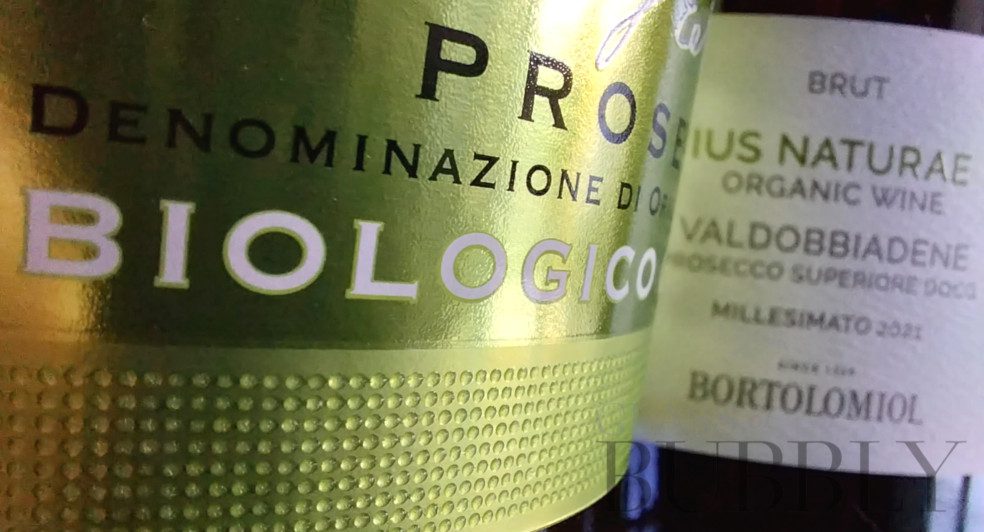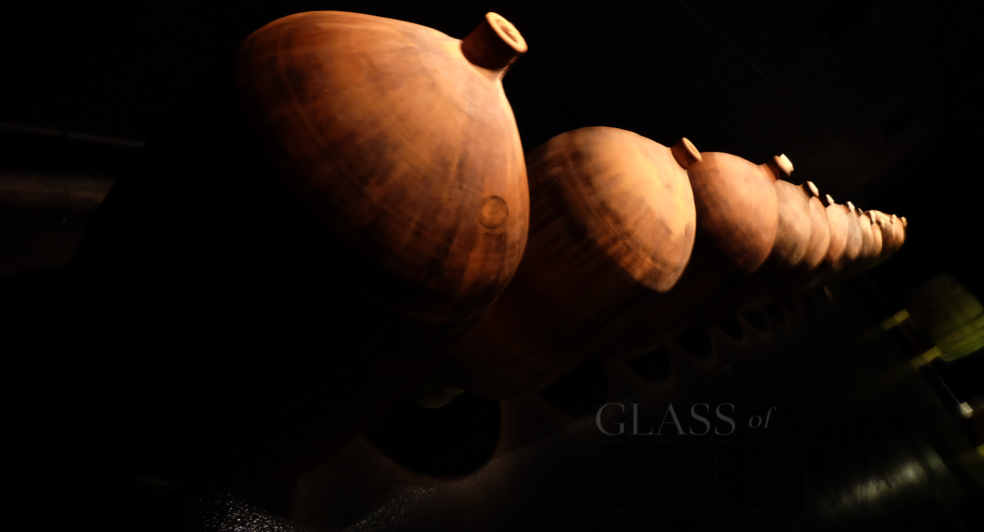Sustainable, Biodynamic, Organic, Natural Sparkling Wines Explained
23rd January 2023

With 100,000’s of wineries dotted around countless countries globally (7.5 million hectares of vineyard approx.) producing around 33 billion bottles of wine. The footprint this sector has is tremendous, which is why many governing bodies of wine regions are focusing on how the grapes are grown and the production methods.
If we look at an average recent yearly production we can find out the amount of wine produced – 250 million hl (2017 as quoted in oiv.int)
250,000,000 hl = 250,000,000,000 litres so 250,000,000,000 % .75 (standard wine bottle size) = 333,333,333,333.33 (that’s over 333 billion bottles!)
So globally, with the current world population being 8 billion and accounting for around 25% being under the age of 16, we have 6 billion potential wine drinkers s0 that’s 55.55 bottles per person each year! Of course, we need to omit a fair few ‘adults’ from this figure who do not drink wine, but we can get the picture that globally we are producing plenty of wine to go round!
Wine is a big business so it is also important that we study the options we have if, as a consumer, we wish to enjoy wines which are more aligned to our green concerns. This subject, which to accumulate all options we will class respectfully as green, not only takes on board how the grapes are grown, but also harvesting, production, bottling, distribution and much more which gives us a selection of classifications / certifications to choose from.
Not all wines will be able to offer any indication of their efforts to greener production, maybe some are slow to move on this subject or others may be in transition so not yet matching the standards required. You should be able to see from the labels of the wines you purchase any green classification they come under or most certainly from their website. Some wineries will have at least one label which will adhere to one or more of the classifications stated below which you can look to purchase.
“We must also remember that from region to region and country to country the requirements and classifications can vary so to it will pay you to research either the winery in question or the requirements of the governing bodies they sit under to understand better their commitments to the environment. Please also note that just because a wine might be classified as sustainable, does not mean ‘it is natural’ or ‘it is organic’, the classifications will for sure overlap, but each has its own unique meaning.”

Sustainable: Here were are looking to reduce waste and harm to the surrounding environment throughout the whole winemaking process. It is about protecting the planet and its resources both for now and future generations with consideration towards the terroir (soil, water, air) along with respecting nature to include wildlife and plants.
Biodynamic: Seen as the world’s oldest system of organic growing, here we are looking at a registered certification which employs compost as the fertilizer and avoids most pesticides whilst also employing soil supplements prepared according to Rudolf Steiner’s formulas, following a planting calendar that depends upon astrological configurations and treating the earth as ‘a living and receptive organism’.
“Biodynamic farming was first developed in the 1920s by Rudolf Steiner, an Austrian spiritual philosopher.” source theorganicwinecompany
Organic: Without the usage of synthetic fertilizers, pesticides, or herbicides will be the description of focus here. The concerns are that these chemical additions can effect the health of the consumer, but they also escape into groundwater, or run into local waterways.
Natural: A totally natural way of making wine, seen to offer sometimes differing qualities in the bottle, but nonetheless a popular sector of the industry. The winemaking process encompasses sustainable, organic, and/or biodynamic principles in both the growing and production practices such as relying on natural fermentation process over practises that speed up this process, clay amphorae allowing the wines to develop naturally rather than in stainless steel tanks.
From the readings above it is clear to see why there remains still much confusion between these styles of wines and there is much overlapping. It is of course all positive should any winery adopt any of the requirements for each classification and many will be focused on achieving more than one in their sparkling wine production.
The Sparkling Wine sector and especially the major regions such as Prosecco and Champagne are working hard to bring all wineries closer to a fully sustainable industry and edging the global wine production to as close to giving back to nature what nature gives to it as possible.
The Glass of Bubbly Awards since 2019 have had a special trophy given to the top performing sustainable winery – The Sustainability in Sparkling Wine Production Trophy – Slow Food UK is the partner on this project and the winners to date are:
2022 – Graham Beck – South Africa
2021 – Bolney Wine Estate – England
2020 – Villa Sandi – Italy
2019 – Motzenbäcker – Germany
What is good to see here is the variety of countries which have won which tells us that the sustainability drive is a global movement. Another key point to mention as we close this article is the quality of wines which are sustainable, biodynamic, organic and natural in that the quality levels have improved and for many the difference is quite minor to that of the wines produced outside these methods.
![]()
Christopher Walkey
Co-founder of Glass of Bubbly. Journalist and author focused on Champagne & Sparkling Wines and pairing them with foods.
